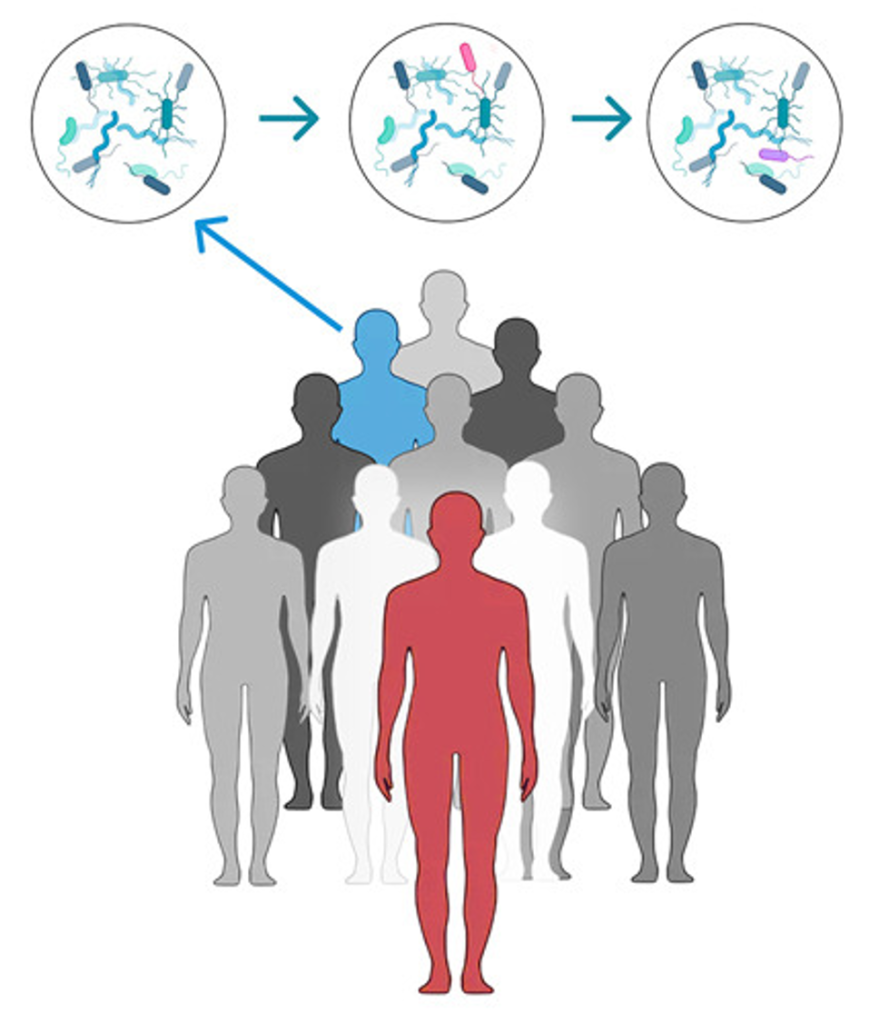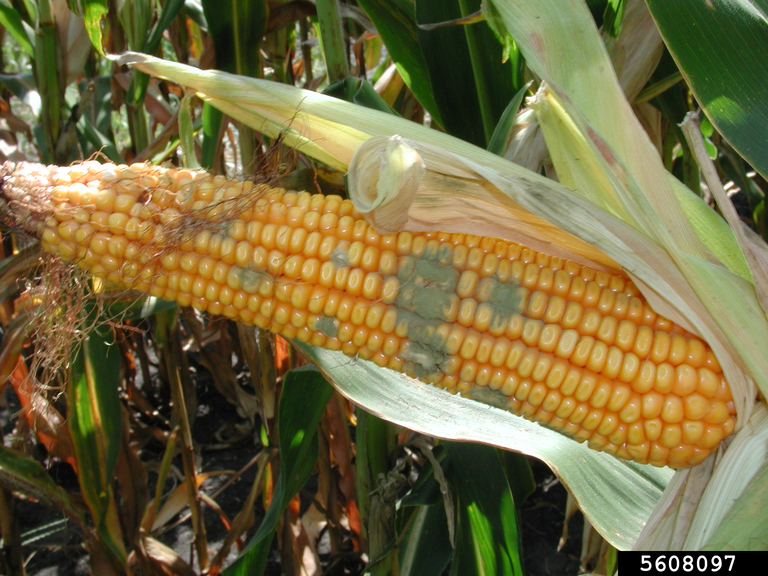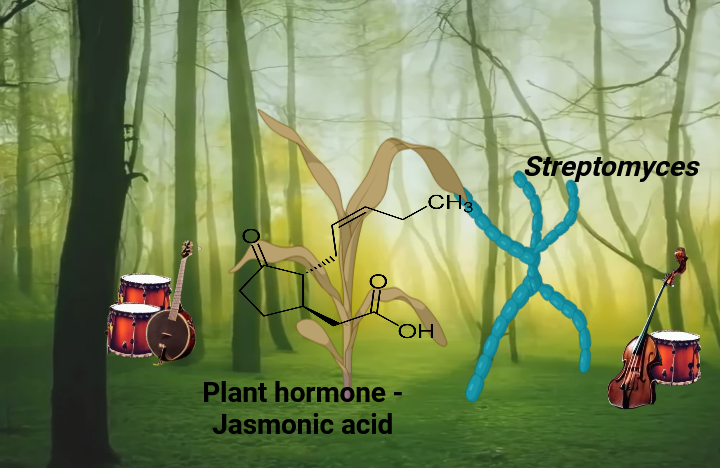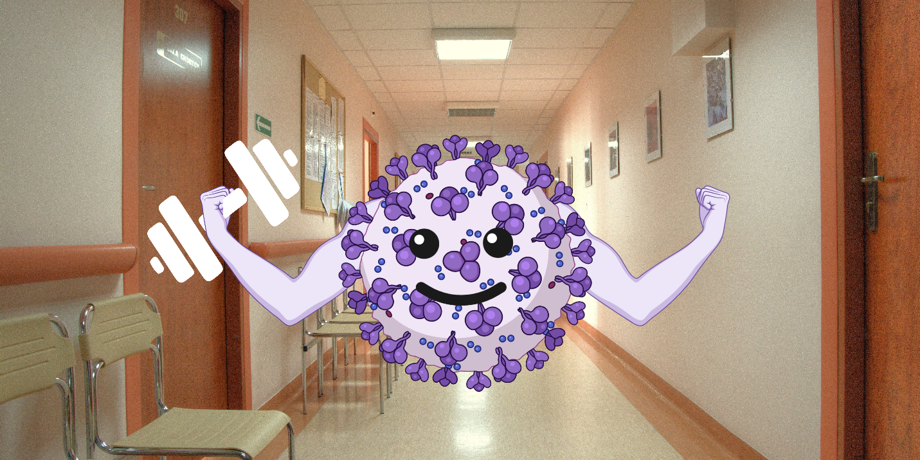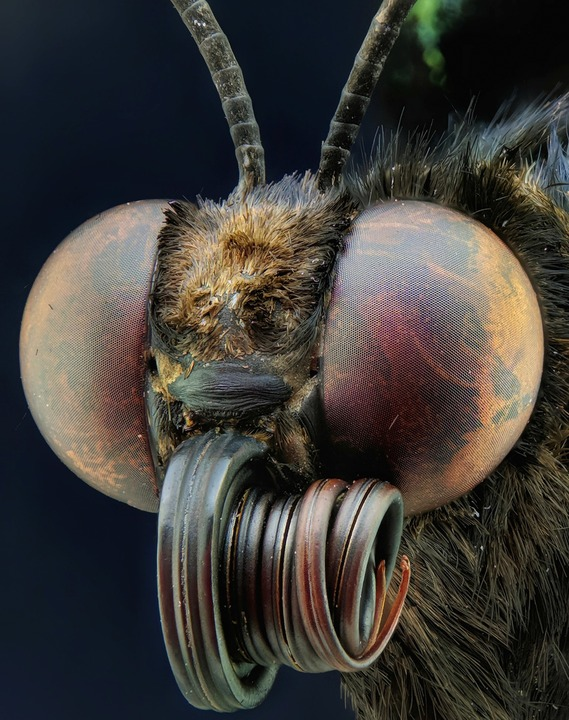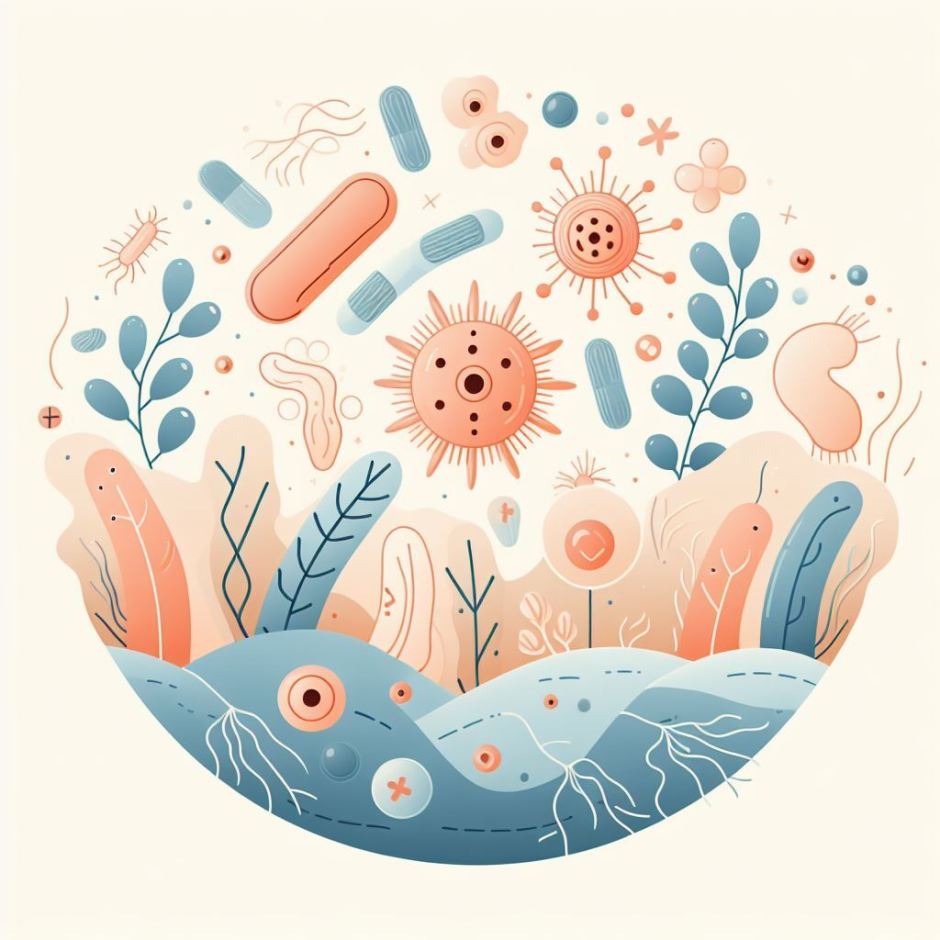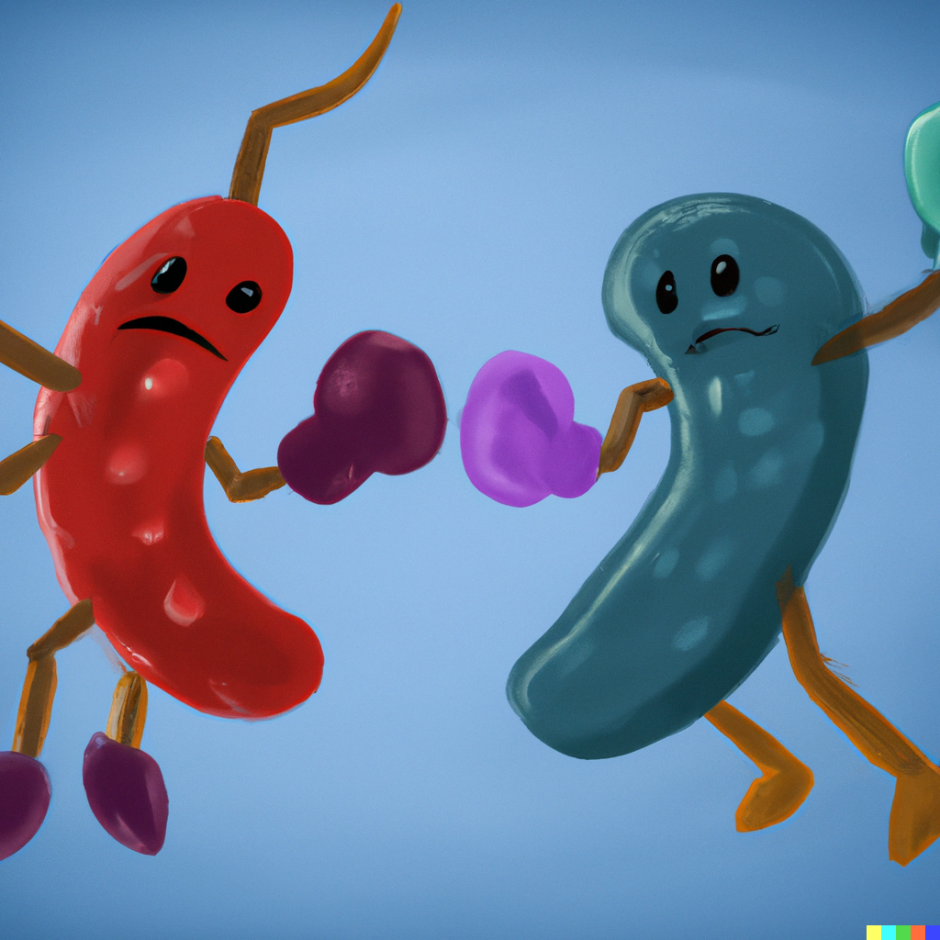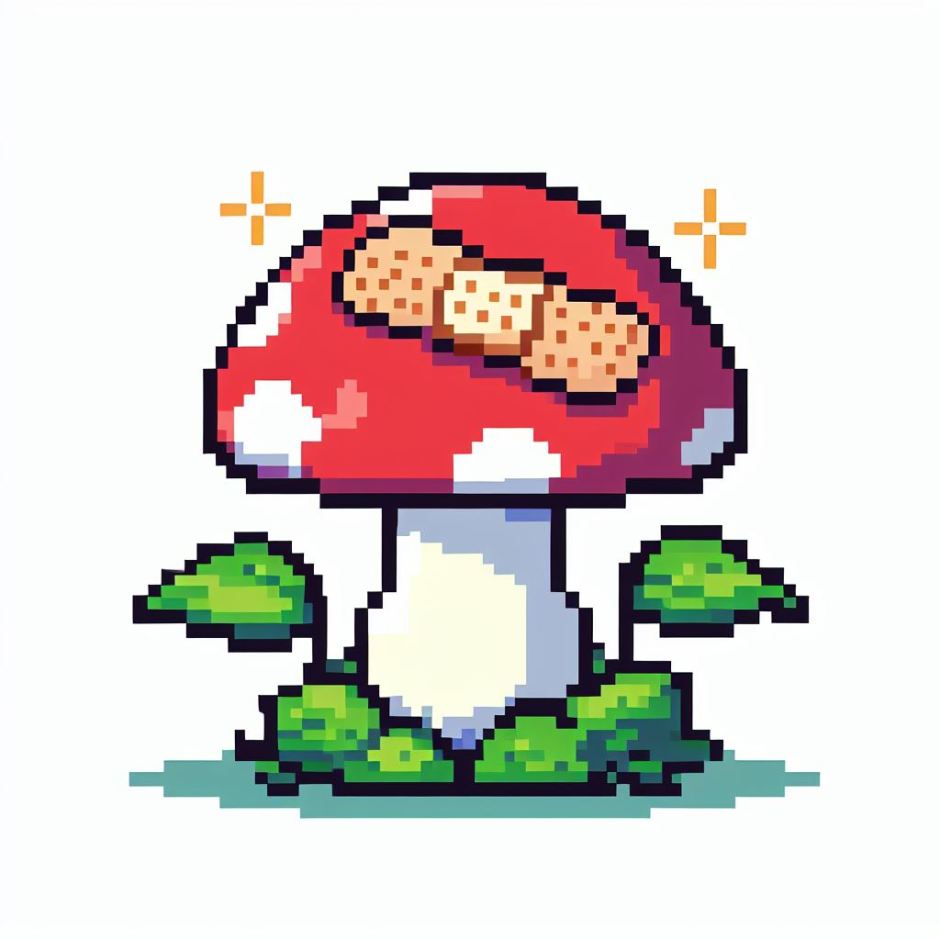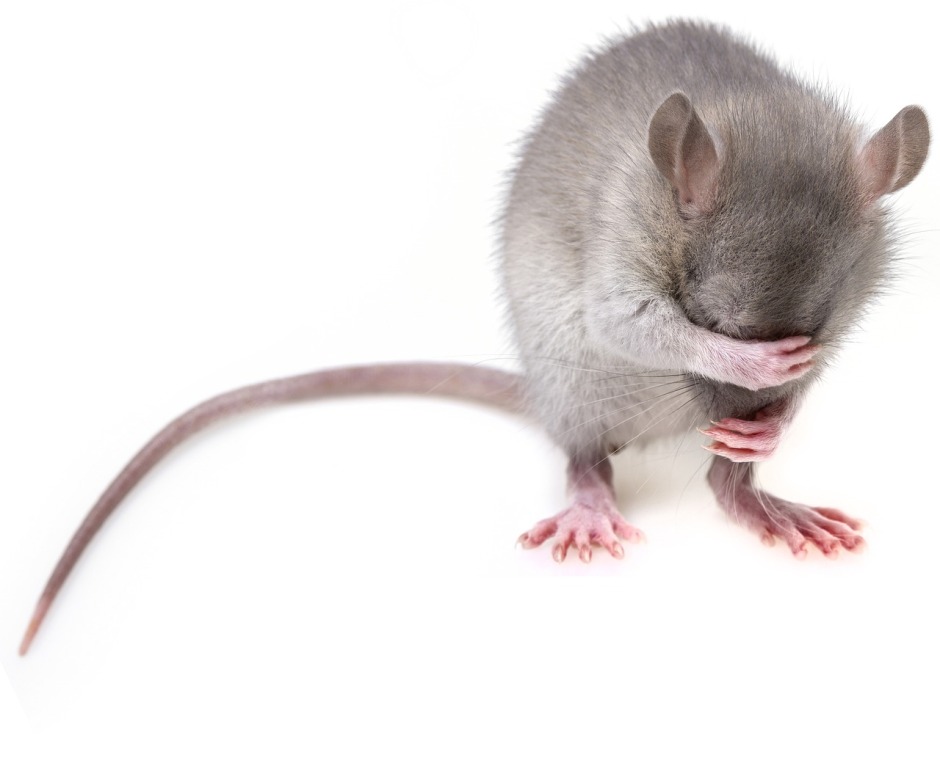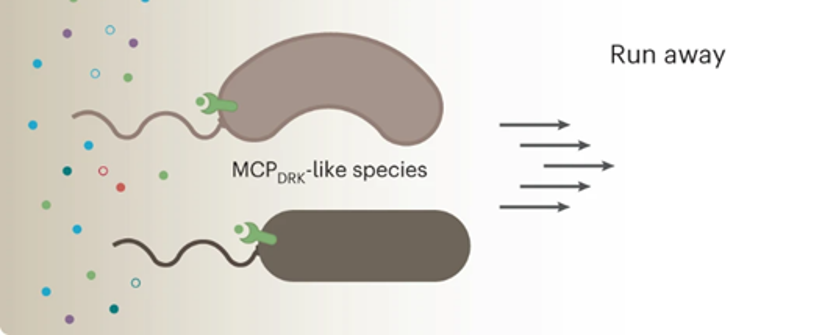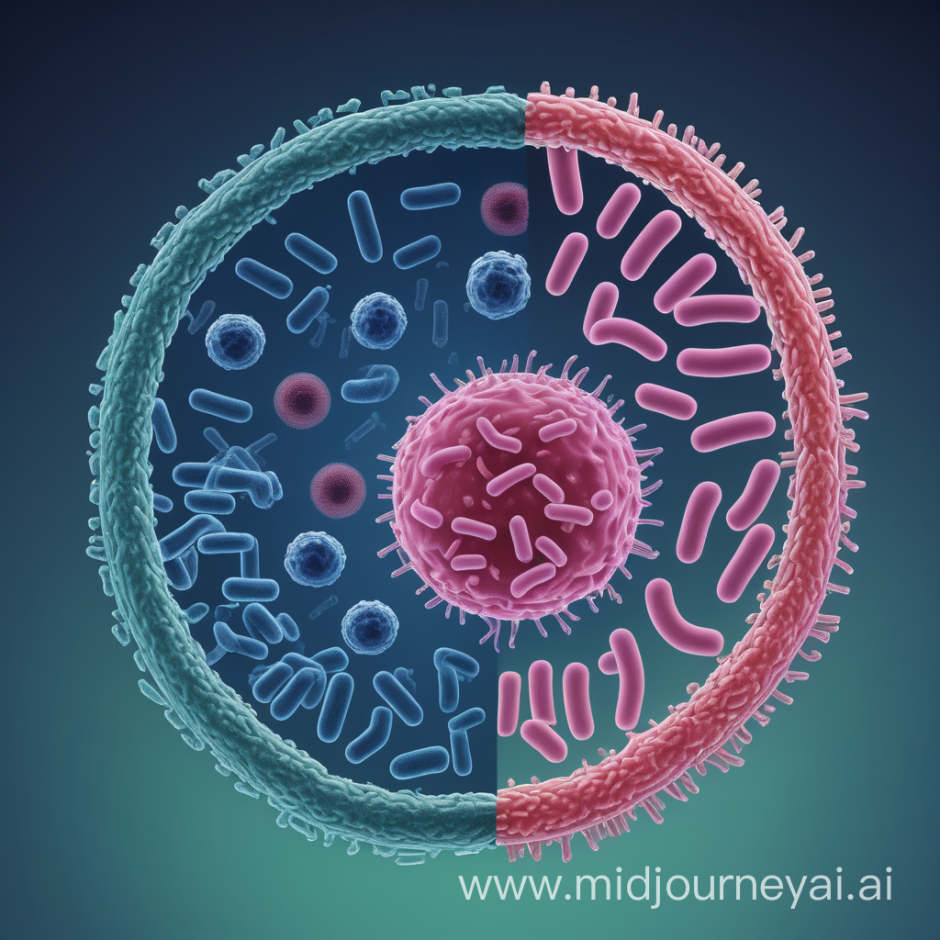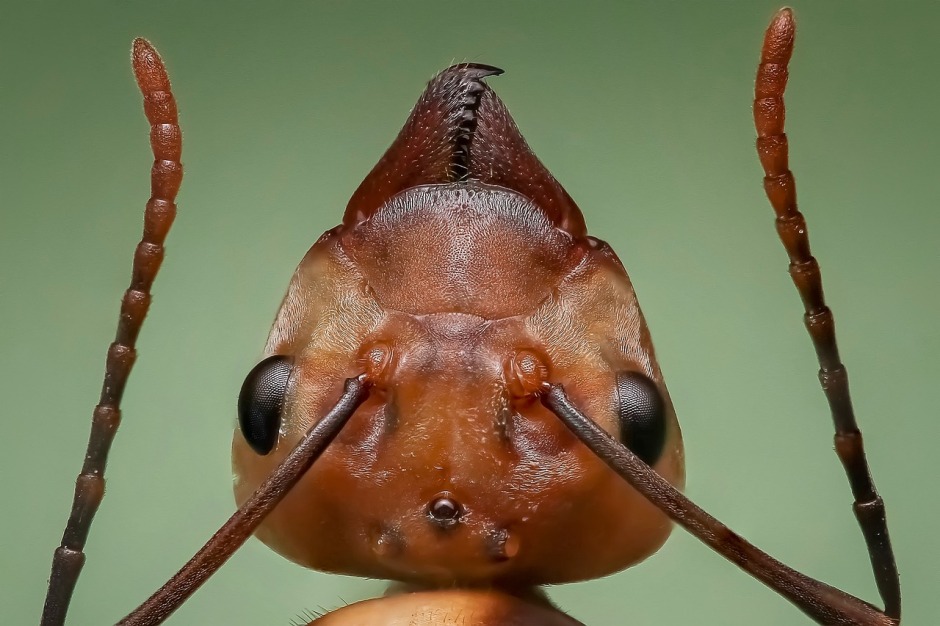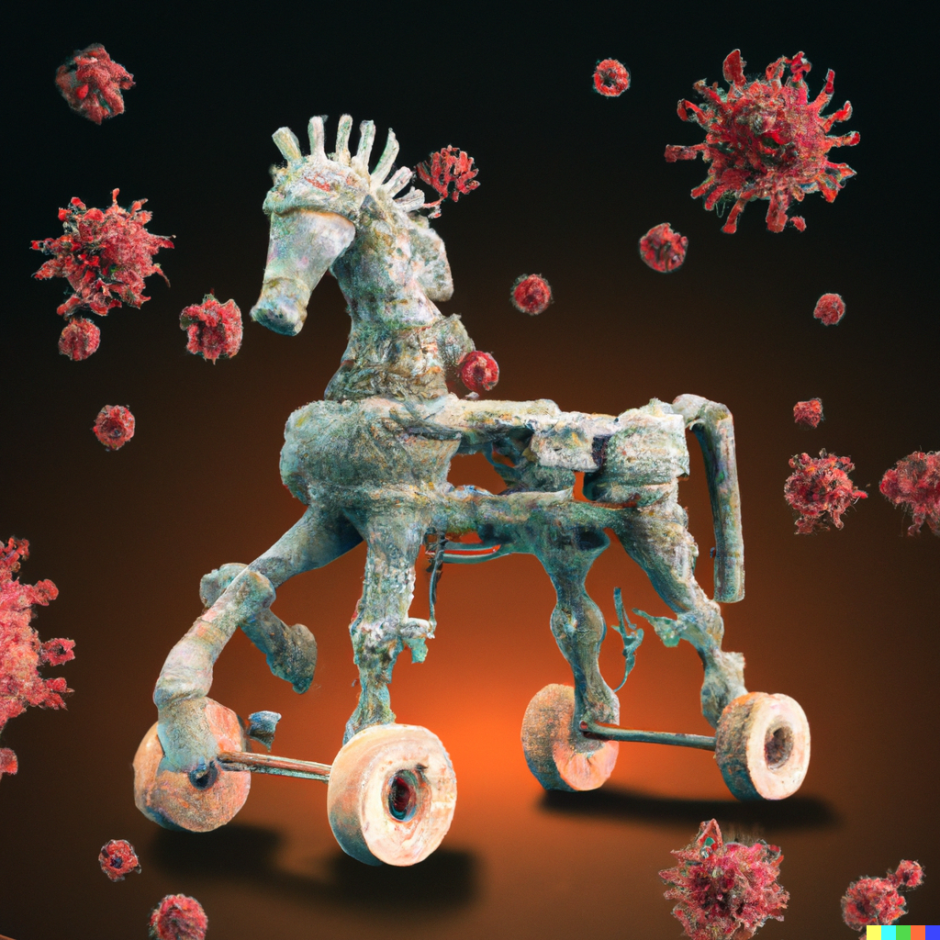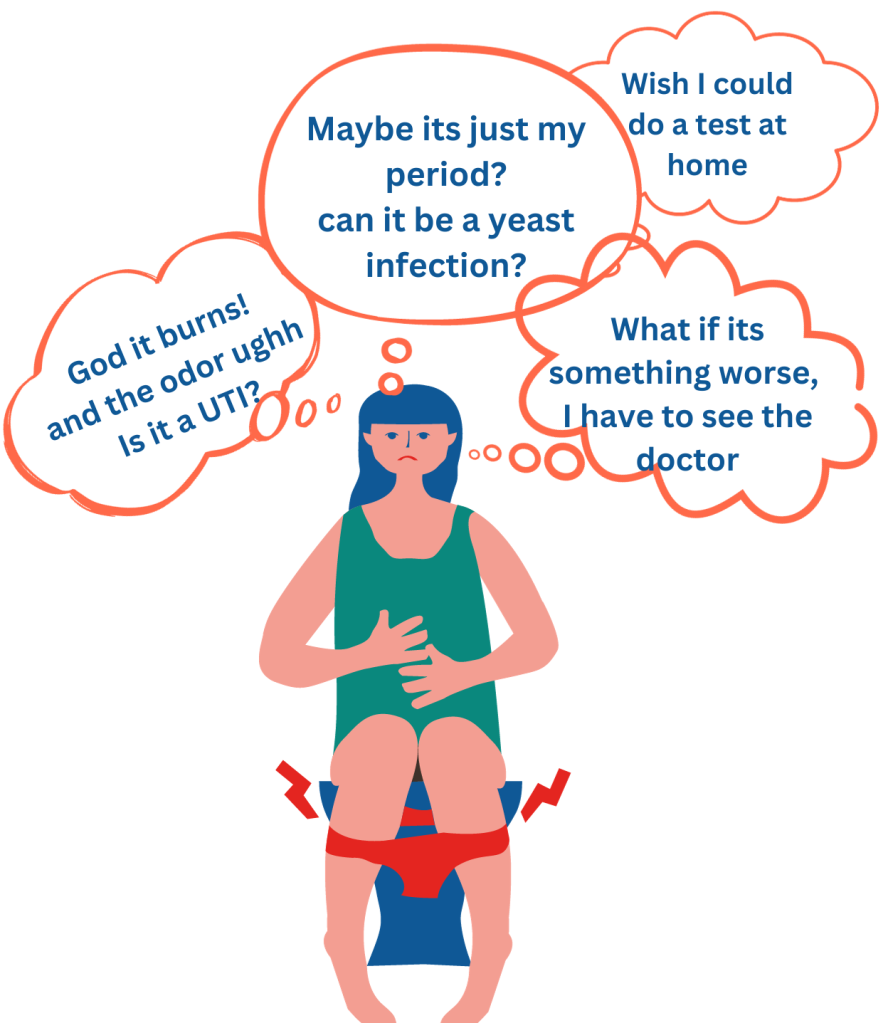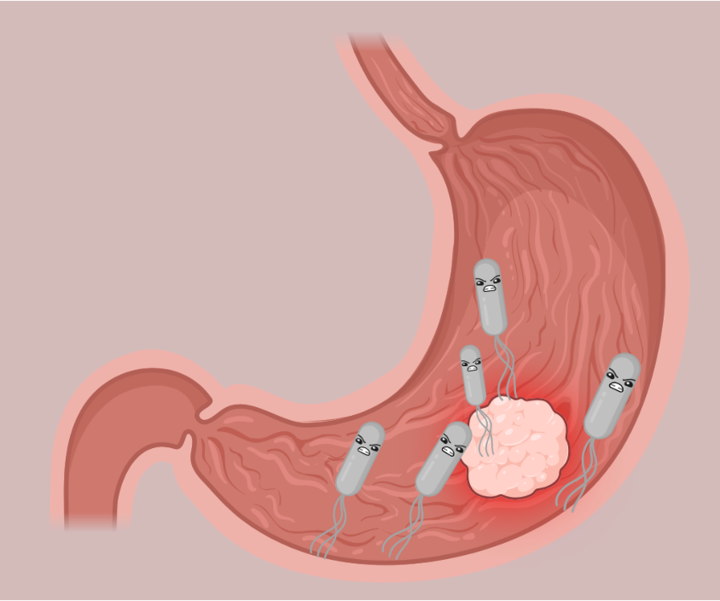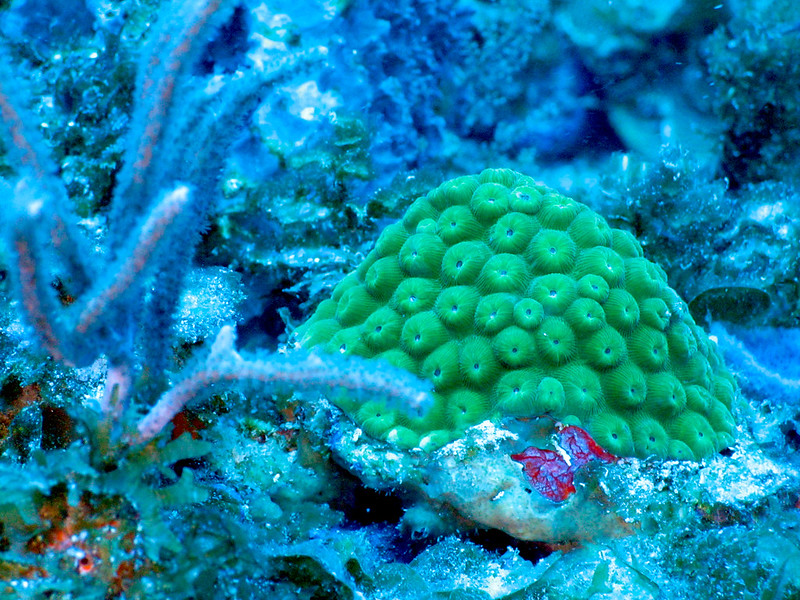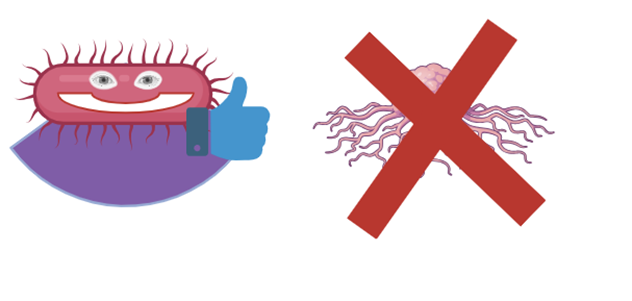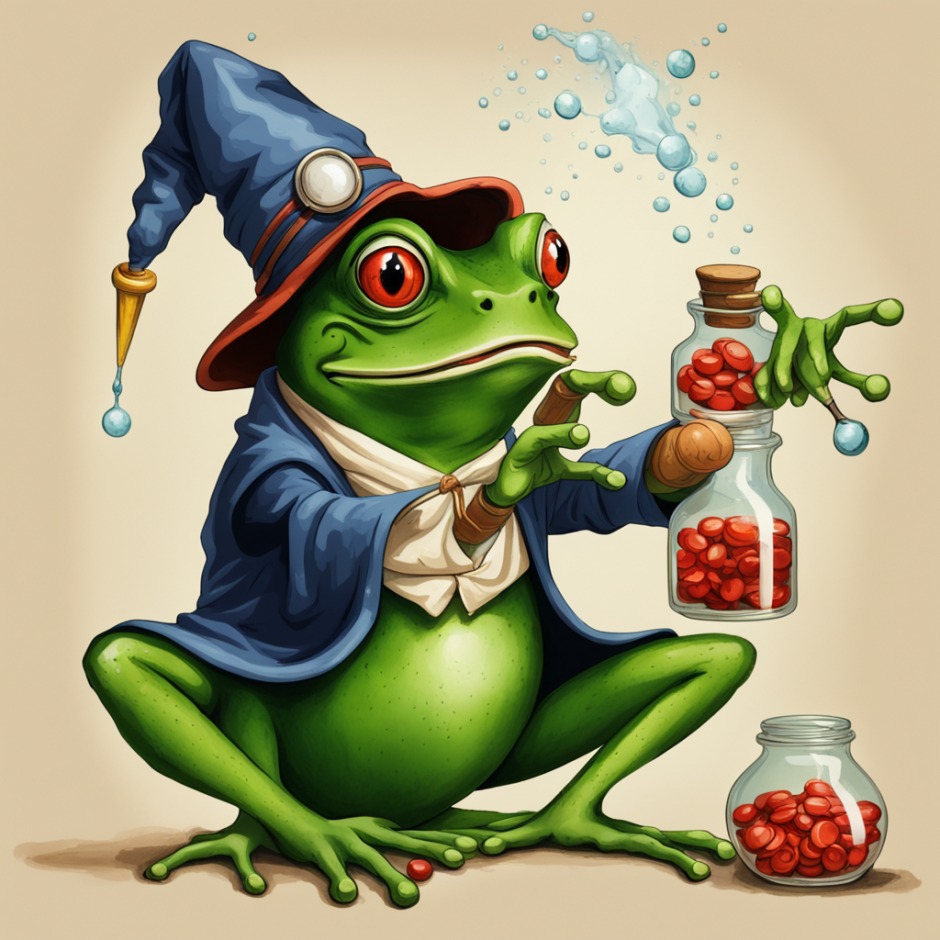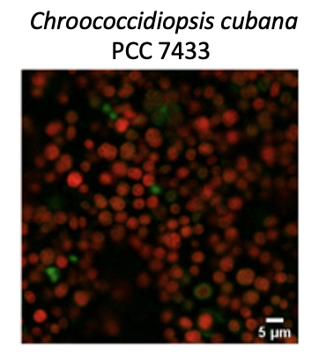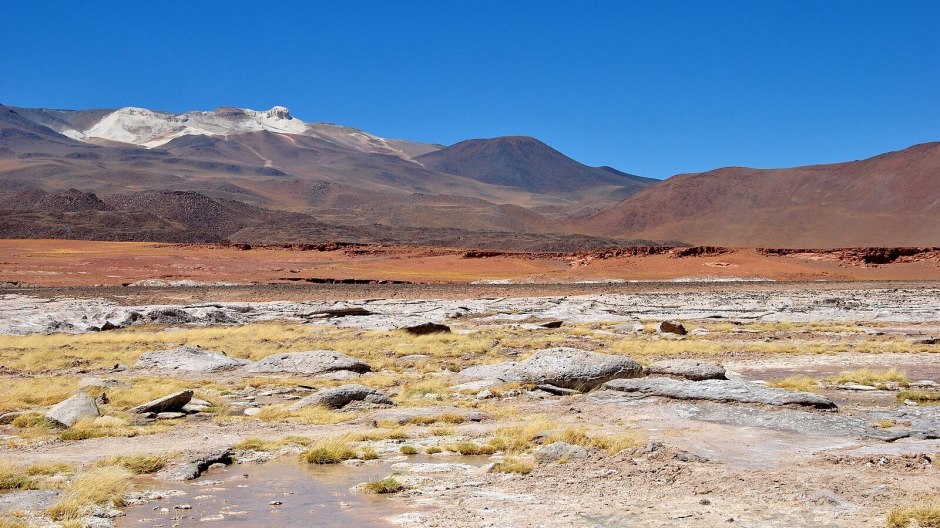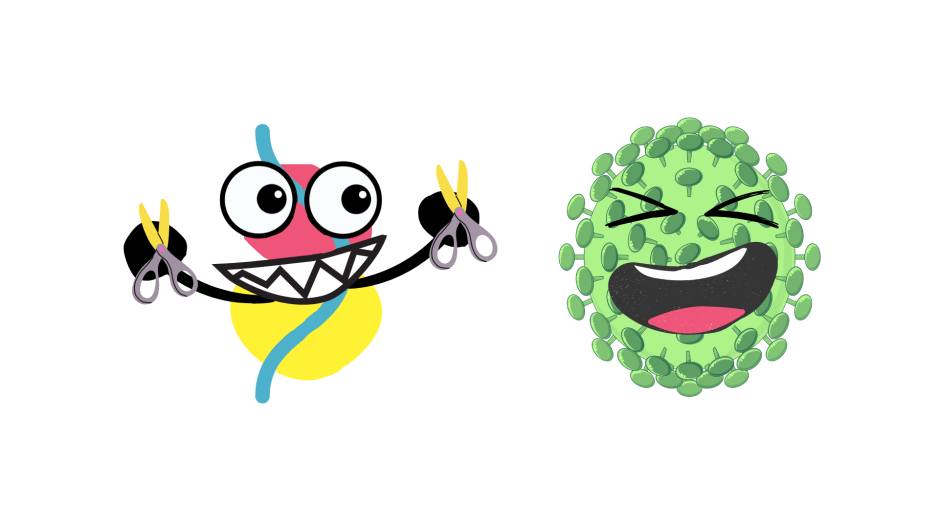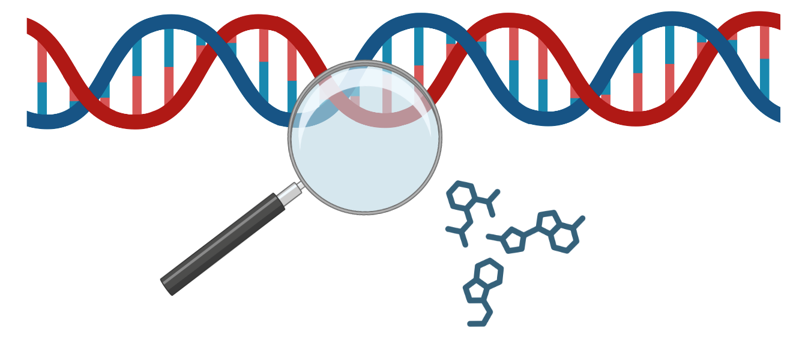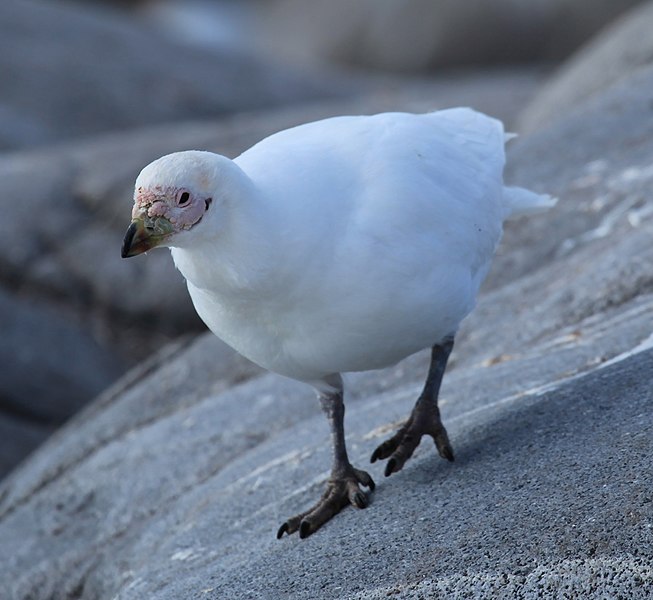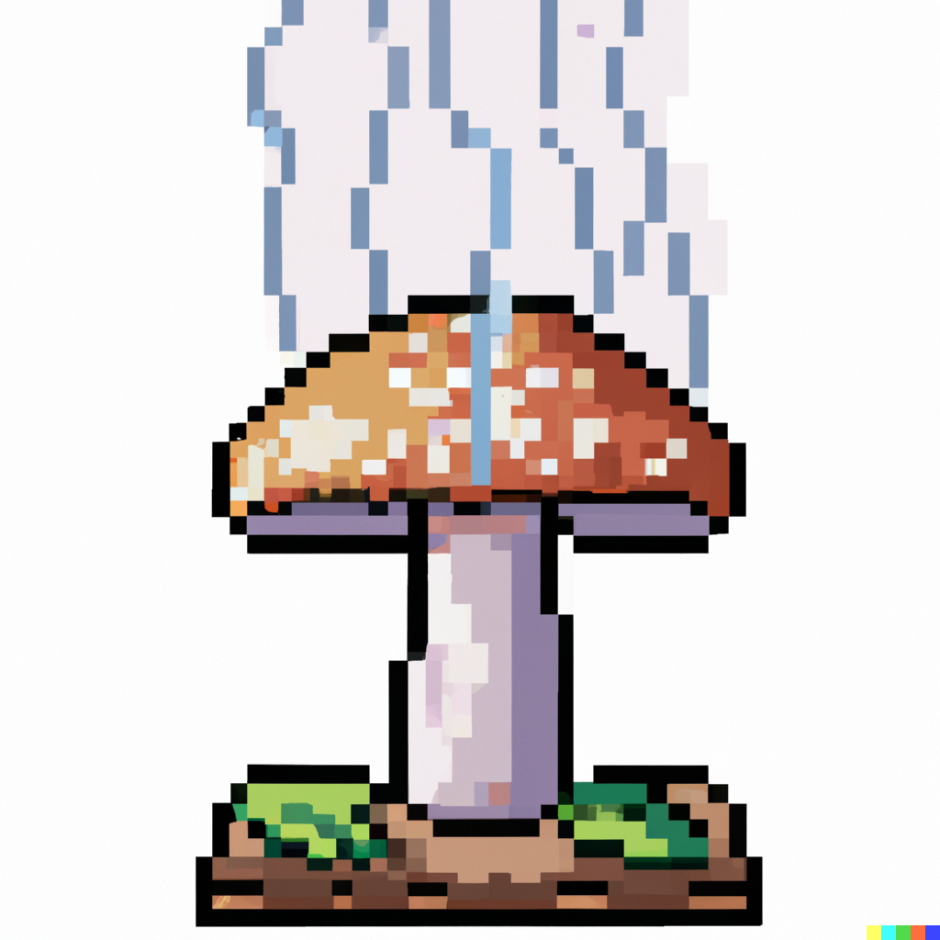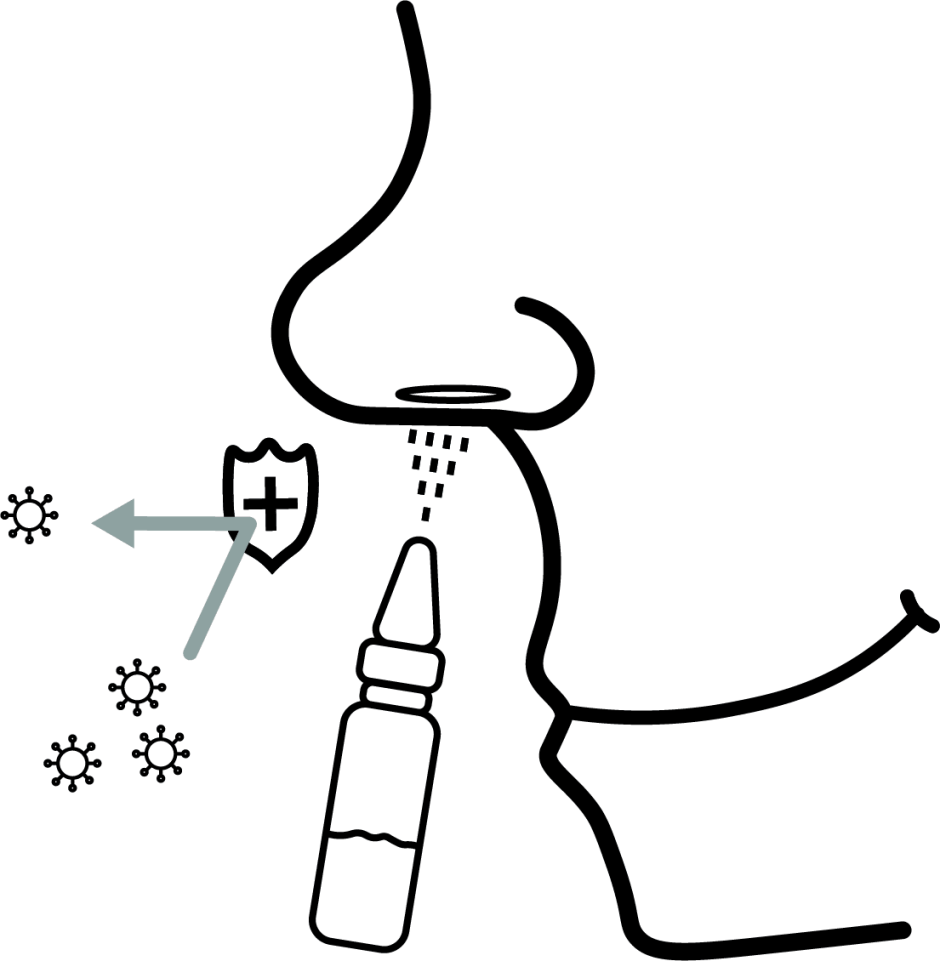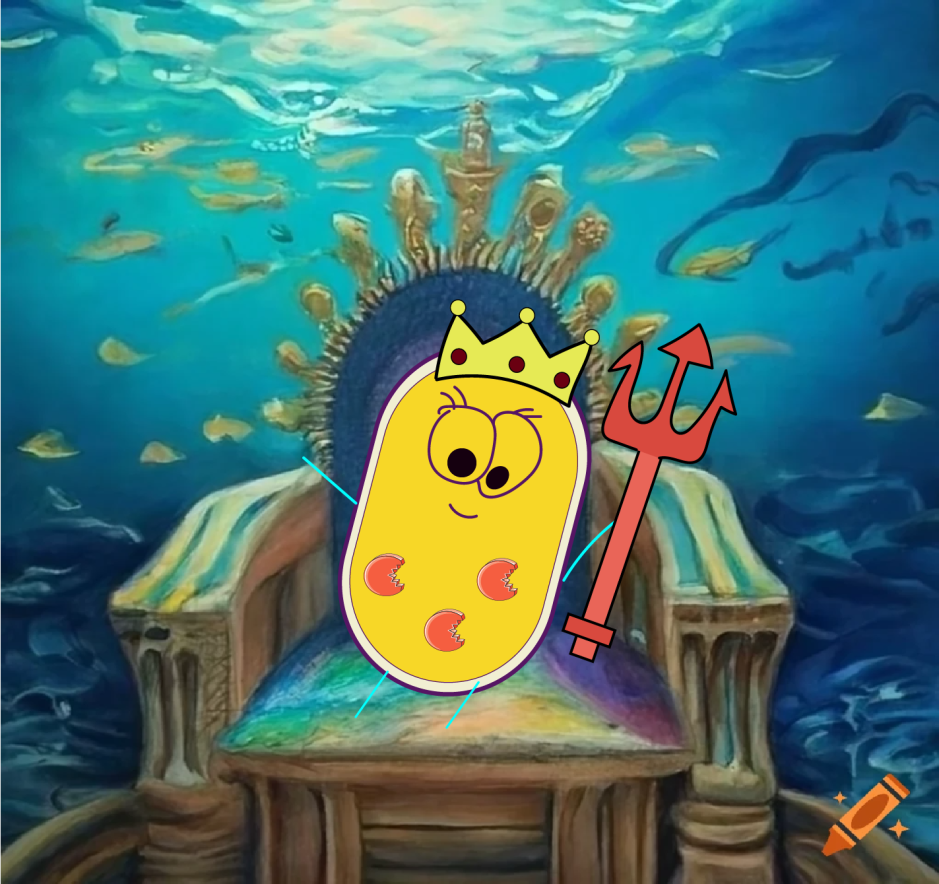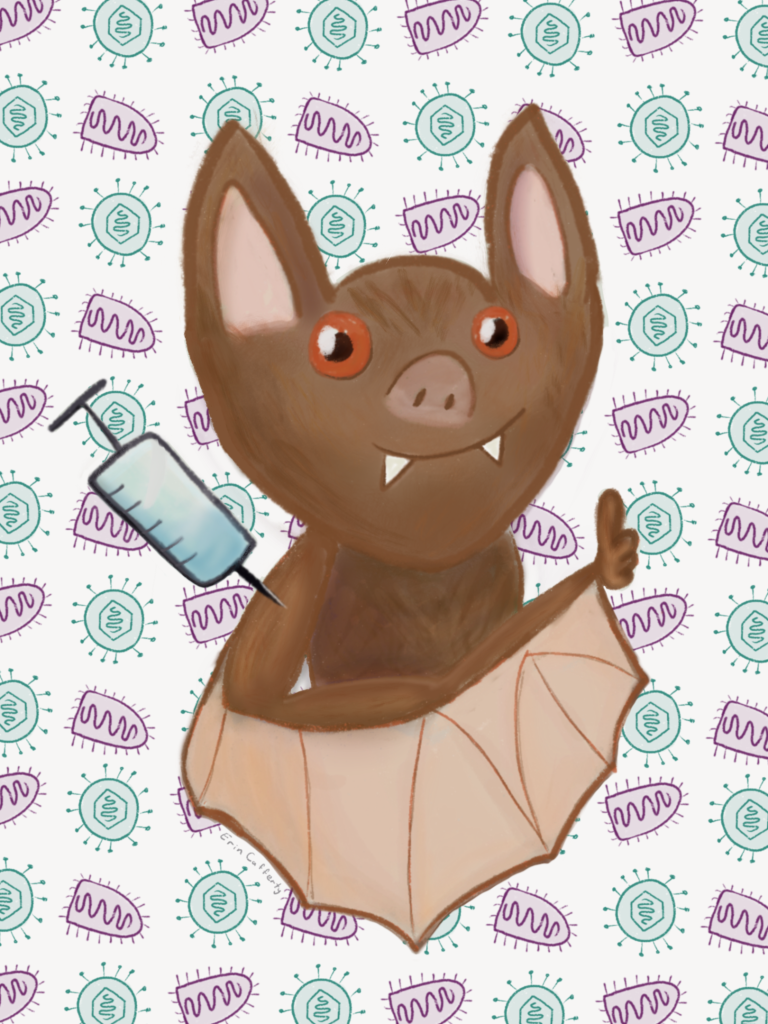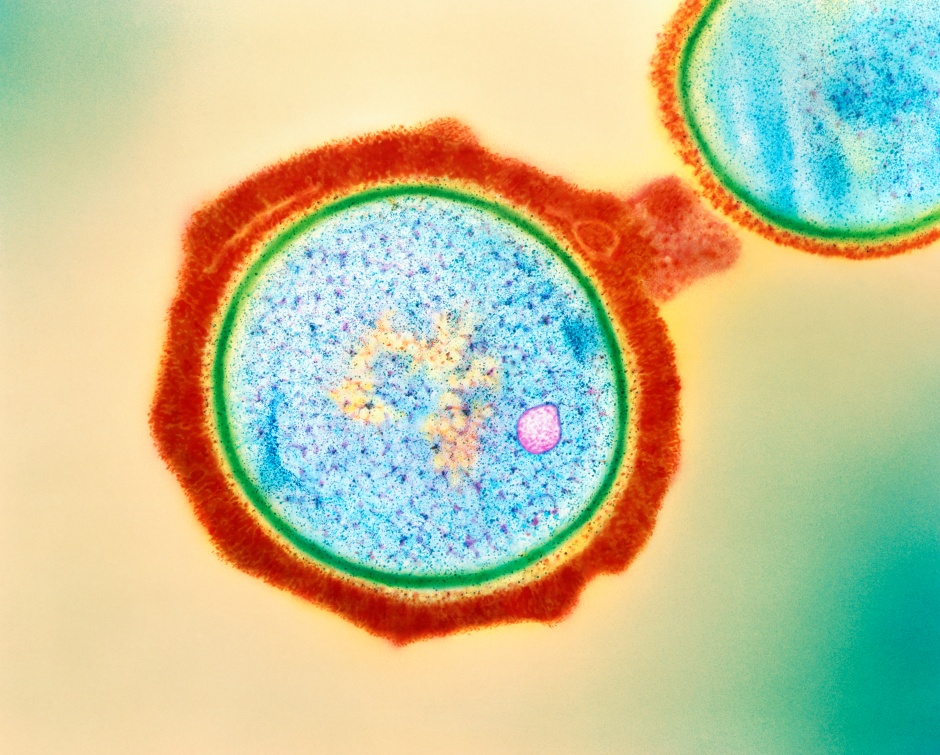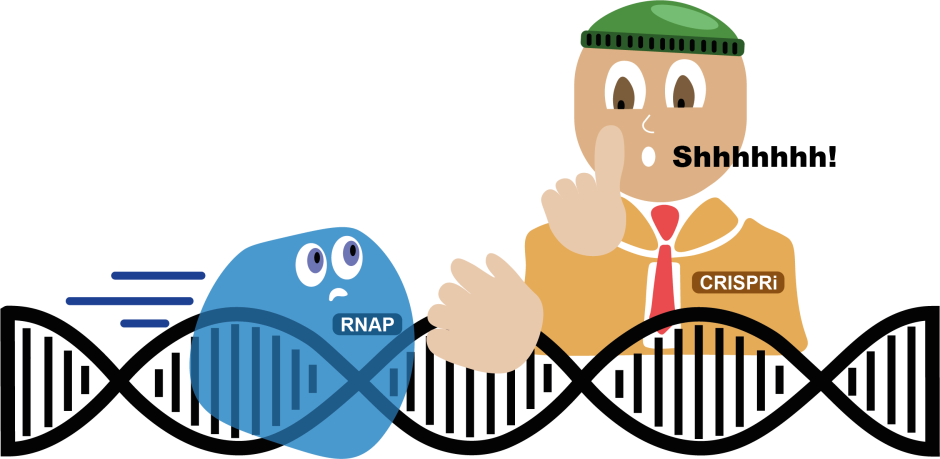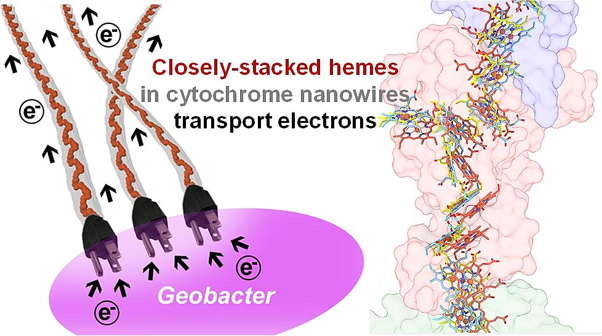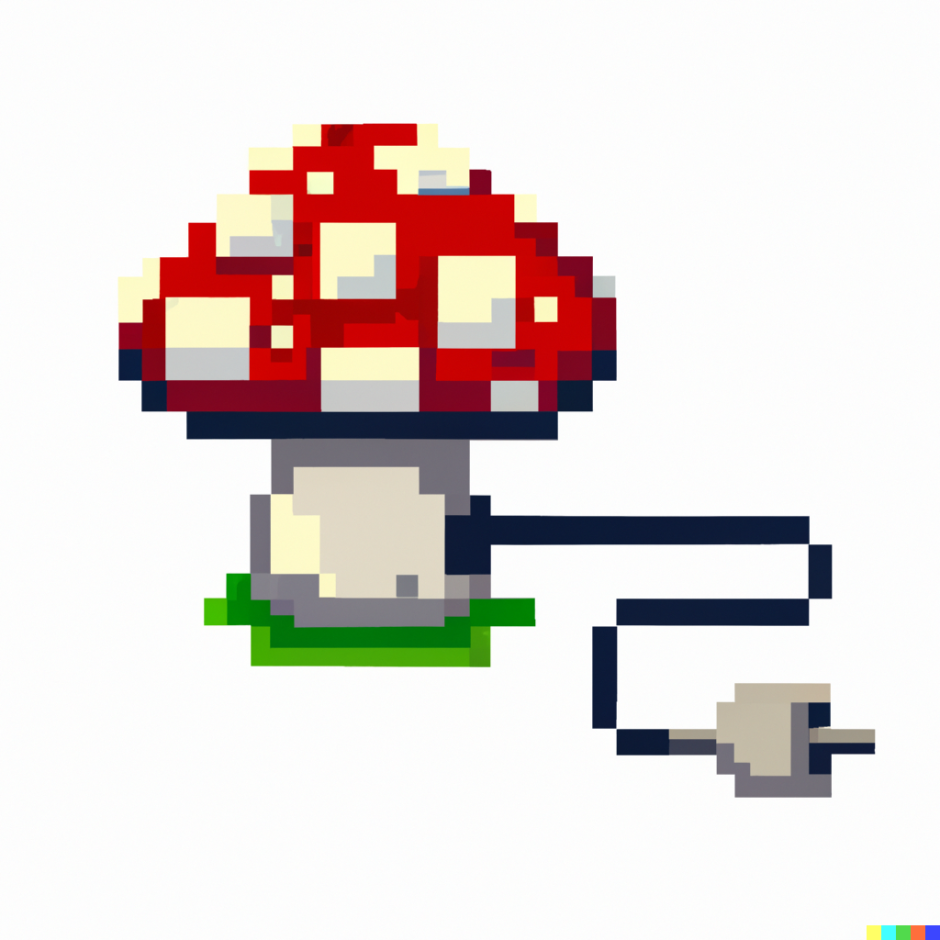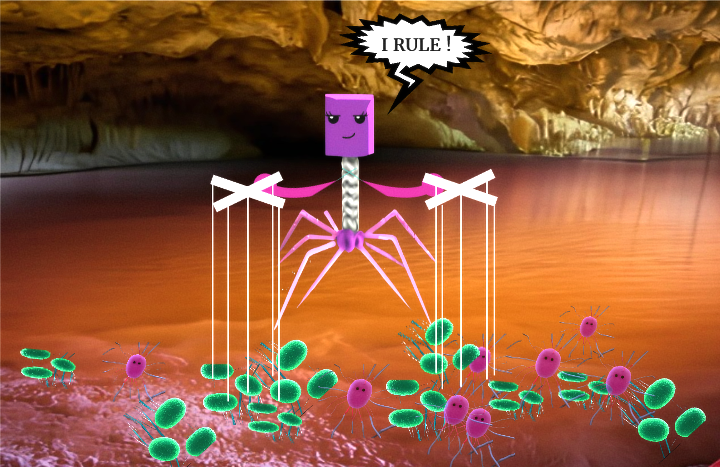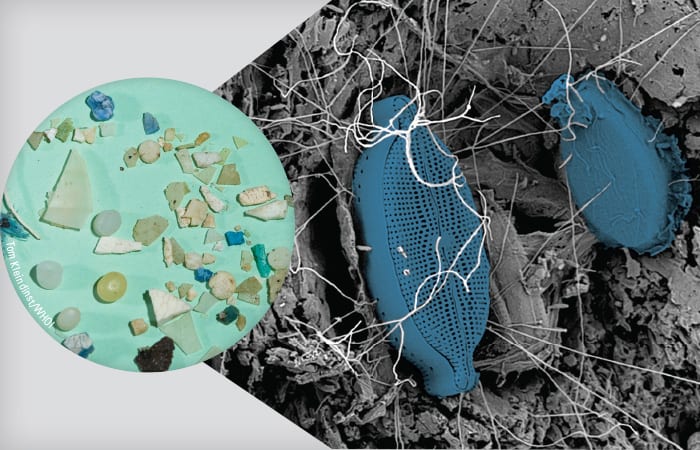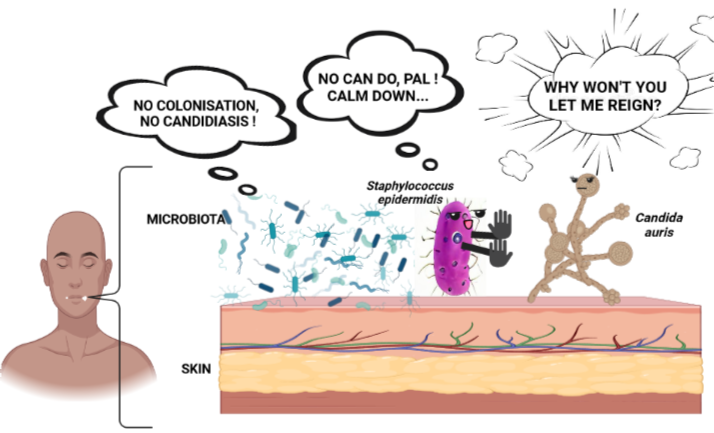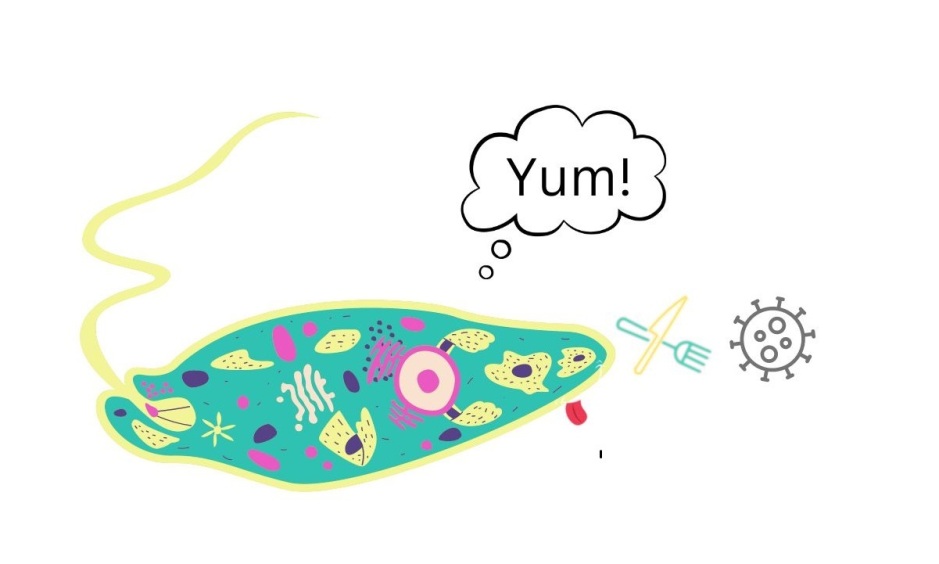Fungi are not the most ordinary microbes; they are the biggest organisms on earth. And we thought microbes were small…

Breaking down the microbiology world one bite at a time
Finding food in a labyrinth – an hyphae story.
Written by:
Anaïs Biclot
Fungi are delicious on your pizza or risotto. You find them in the forest during fall or spring when humidity and temperature are ideal. But what we see are just the fruiting bodies and the actual organism can be much bigger. How big? Well up to 3.8 km as shown in this study!
What we don’t see are the hyphae, filaments that are making up the mycelium. The hyphae, like roots for plants, will go into the soil to forage food, which is not an easy task
And because they have to do it in the dark, it is difficult for us to understand how they can find their way in this labyrinth.

In a recent study, Aleklett and colleagues investigated how the hyphae are exploring their environment using a new device. Indeed, studying them in their natural soil is very difficult and lab conditions often do not reflect the real environment. Here, the authors designed a chip with microstructures to form obstacles such as zig-zag, square or z-shape randomized in different channels as seen in the figure.

Their goal was to answer a simple question: how and in which spatial conditions (obstacles, turns etc..) can hyphae explore their environment, and do they have preferences? Because we could imagine if one path is easier then why not take that one, right?
Well the answer wasn’t that straightforward. In the study, the authors looked at several species and it seems that each has a different way to explore their environment. In other words, each species has a different strategy to find food in this complex labyrinth.
Species were from the same order but differ in their ecological habitat: humus litter, hardwood litter or early colonizers after a fire. The researchers measured the speed at which the different species were moving through the ‘obstacle course’ as well as the travelled distance. In addition, they looked at the flexibility of the hyphae in the different type of turns.

The researchers also looked at fungal behavior in an open and blocked environment. In the figure you see that behavior is different between the different species. They will form different patterns to explore the area (more figures in the article here).
The authors showed in this study that hyphae behaviour was highly dependent on the species, and they show that the concepts used to describe hyphae growth so far have not been able to fully characterize these differences. However the results will help to explain how different species are separated or co-existing in their environment, putting us closer to understanding them in their natural habitat.
Doi: 10.1038/s41396-020-00886-7
3.8km fungus paper here


